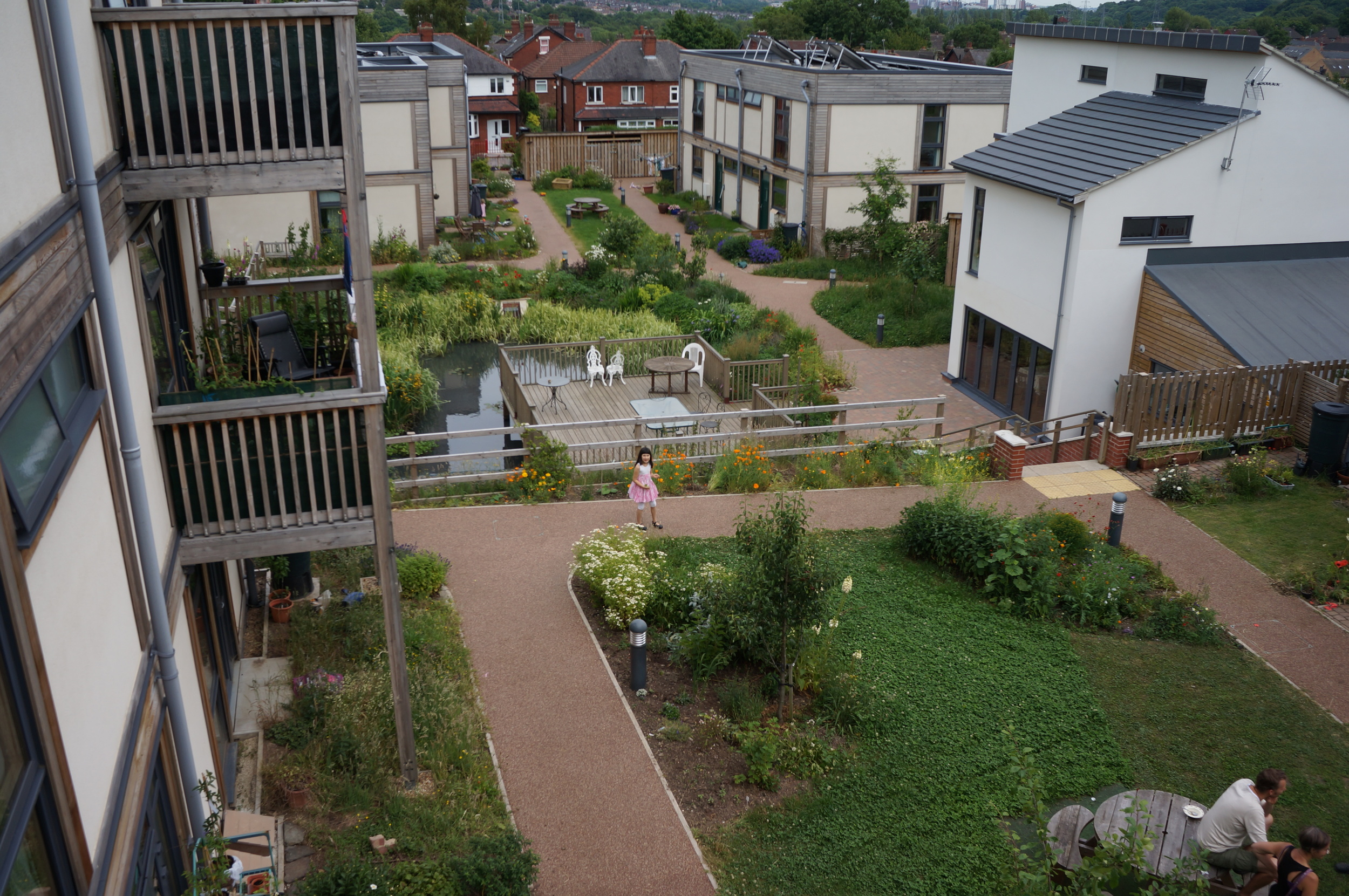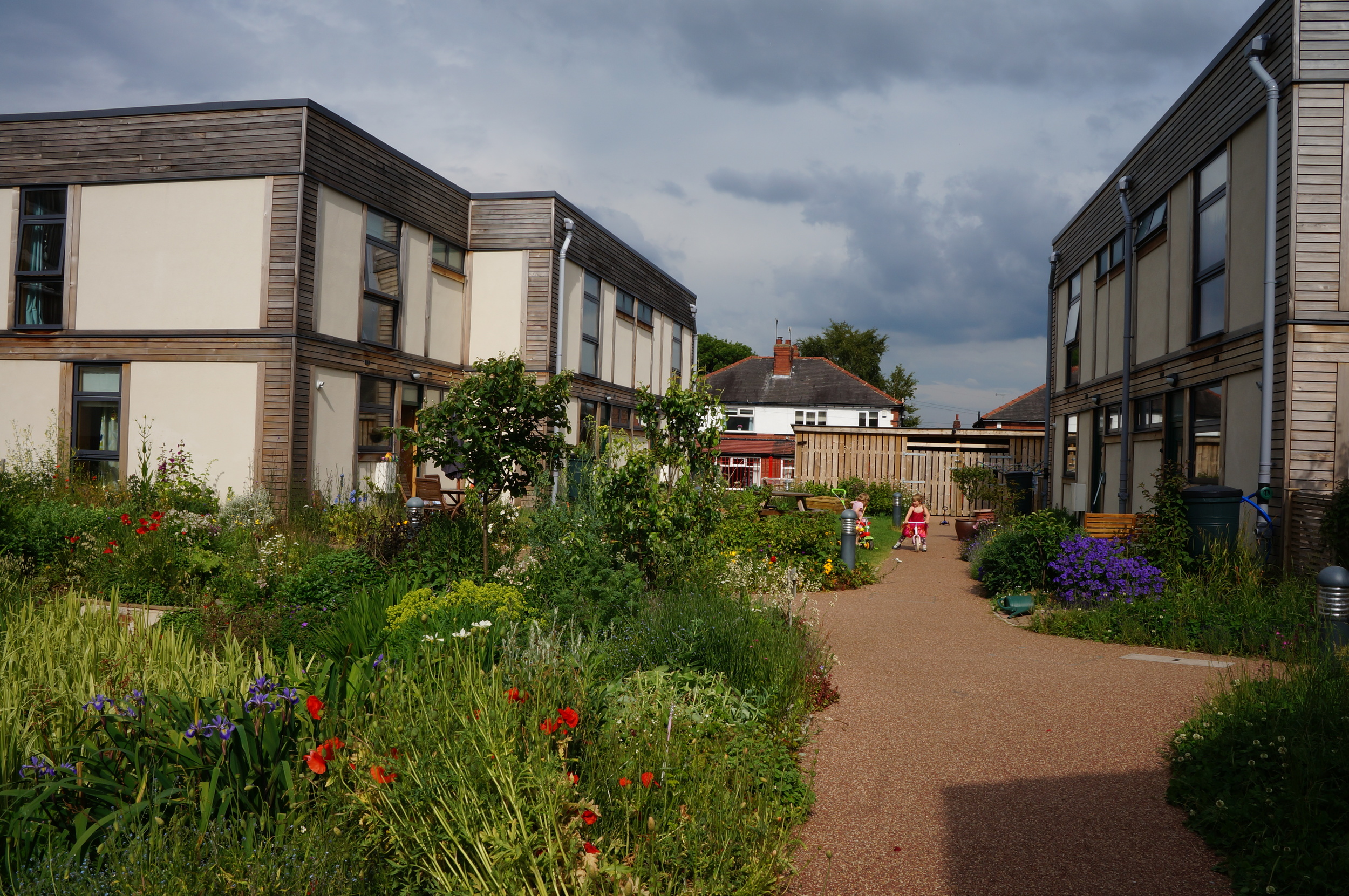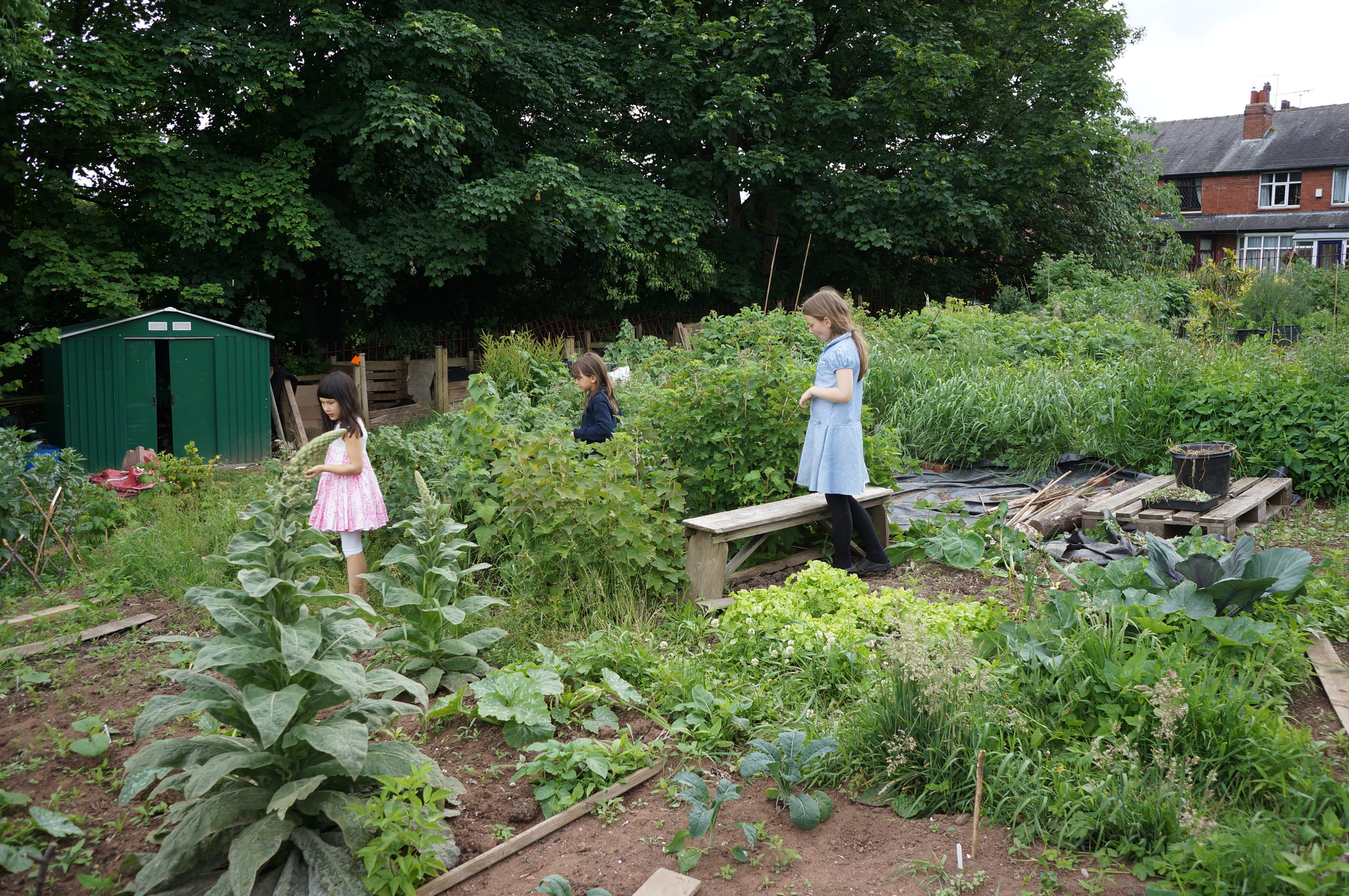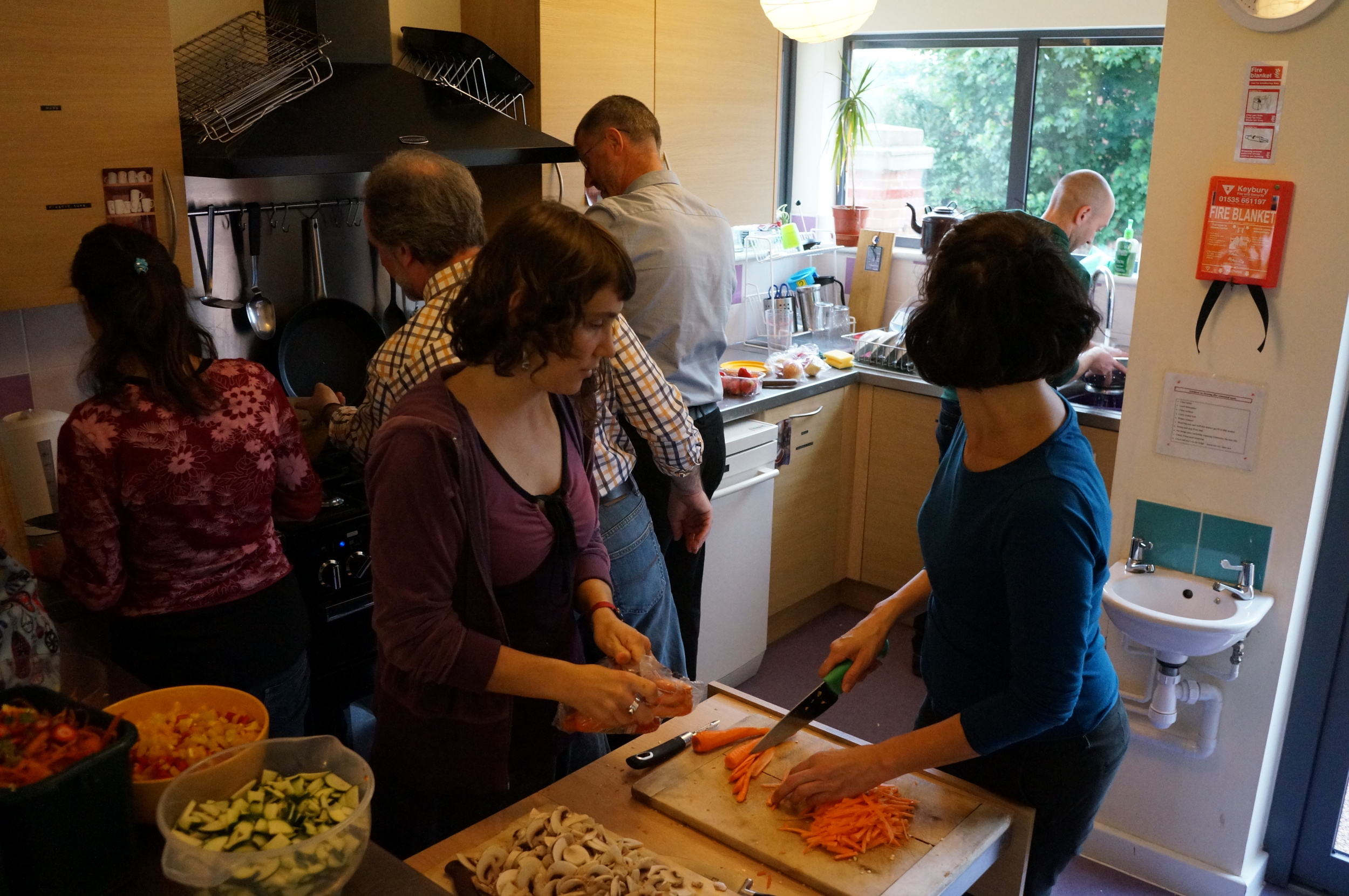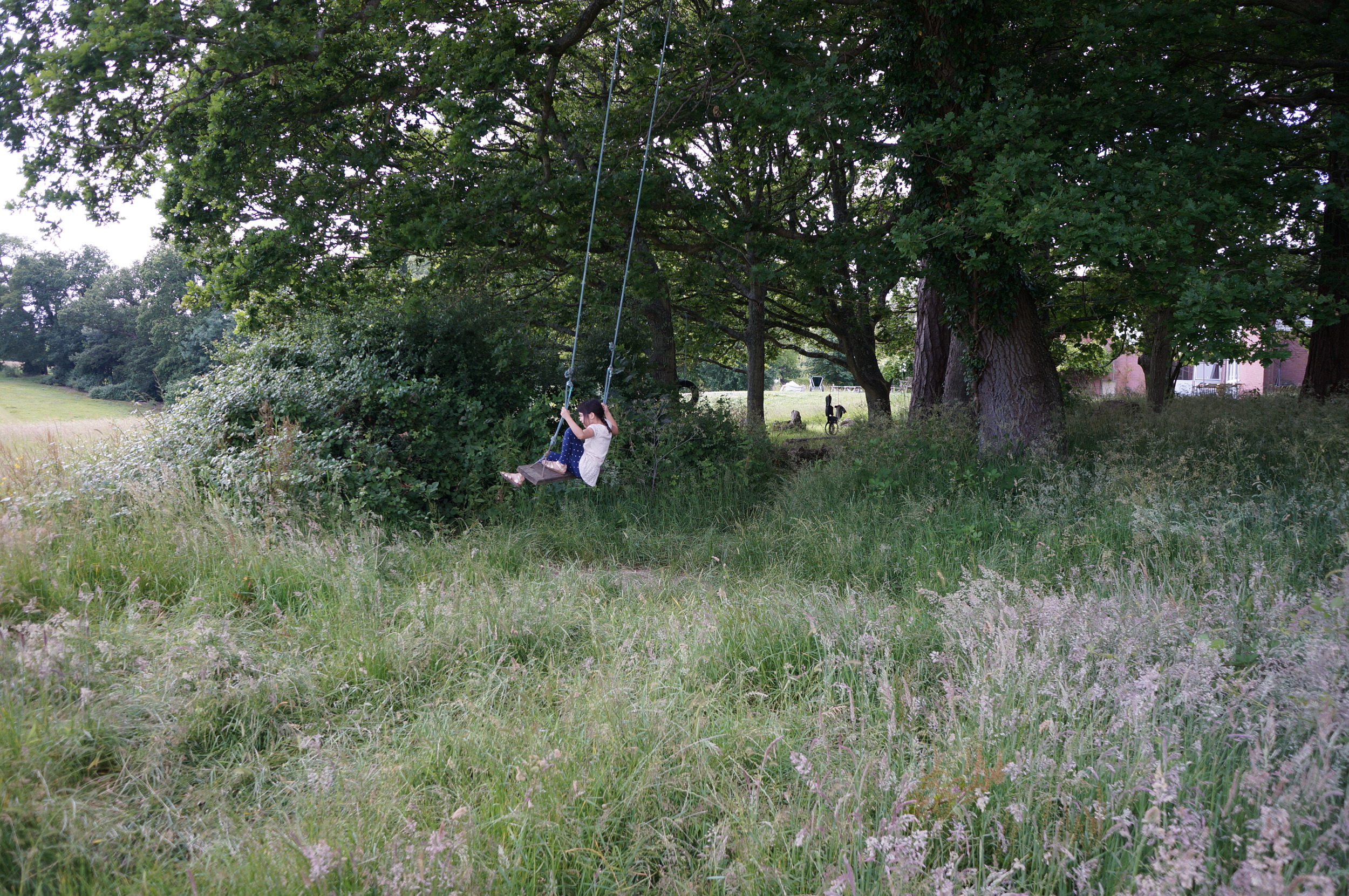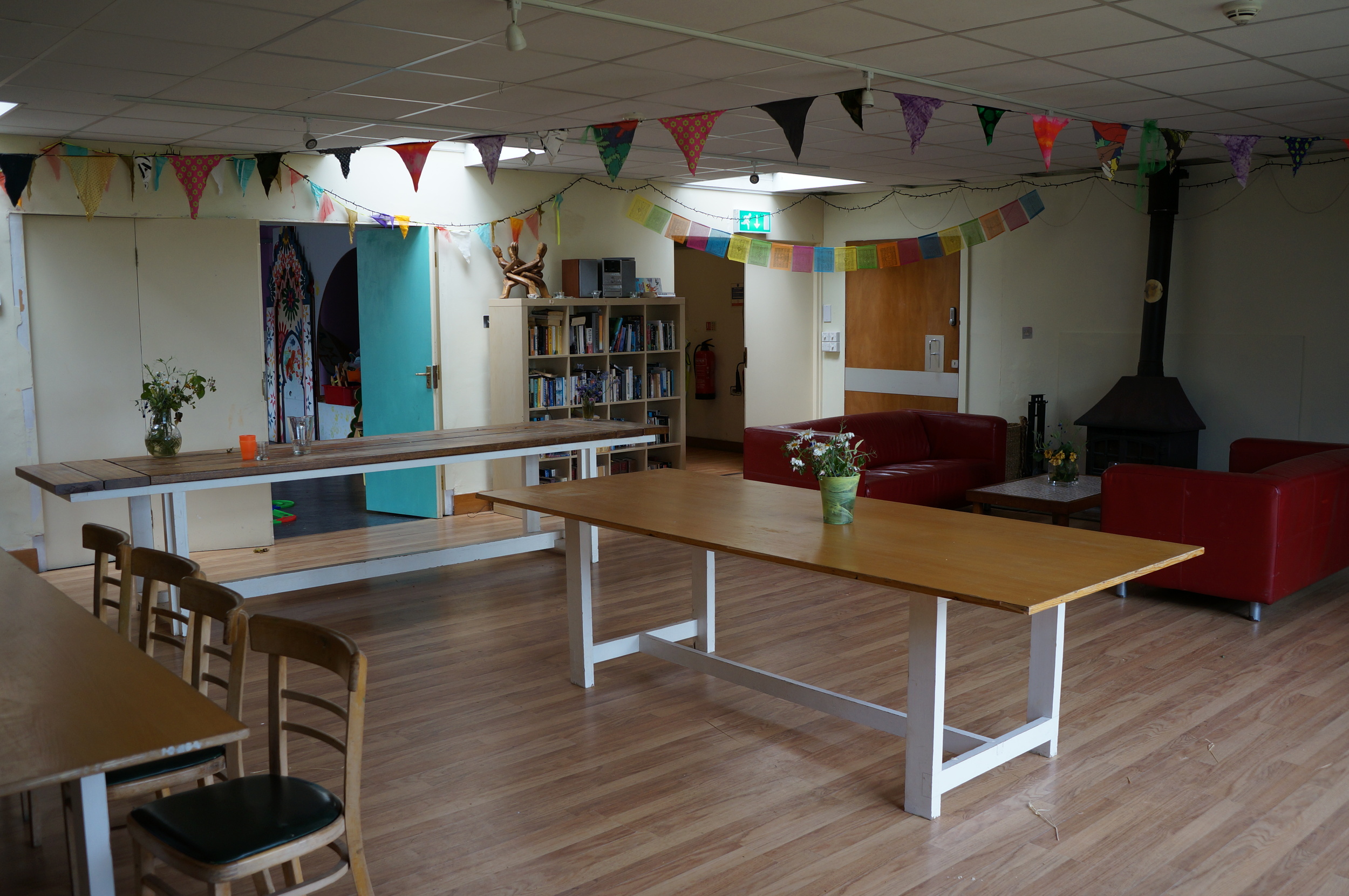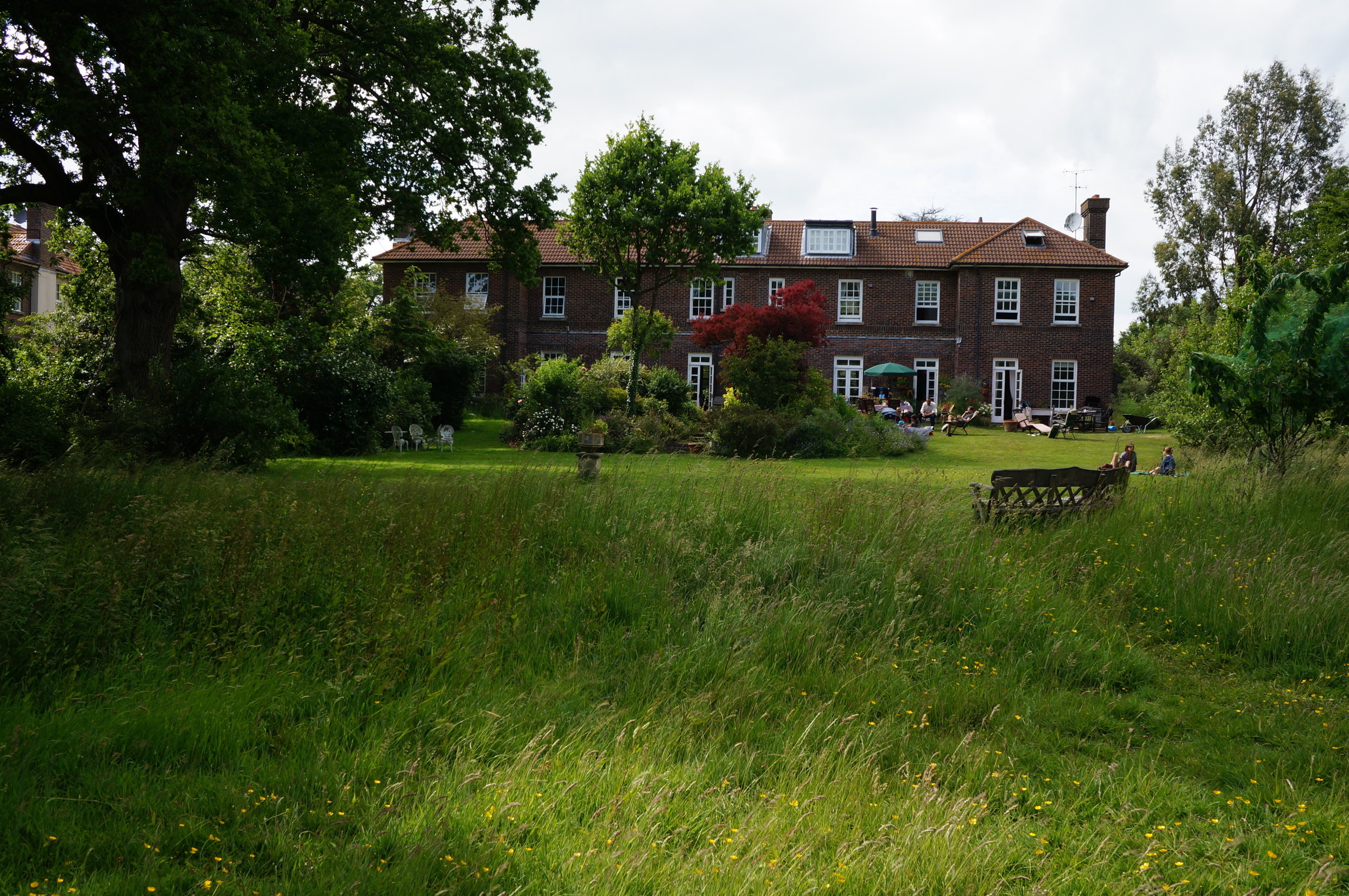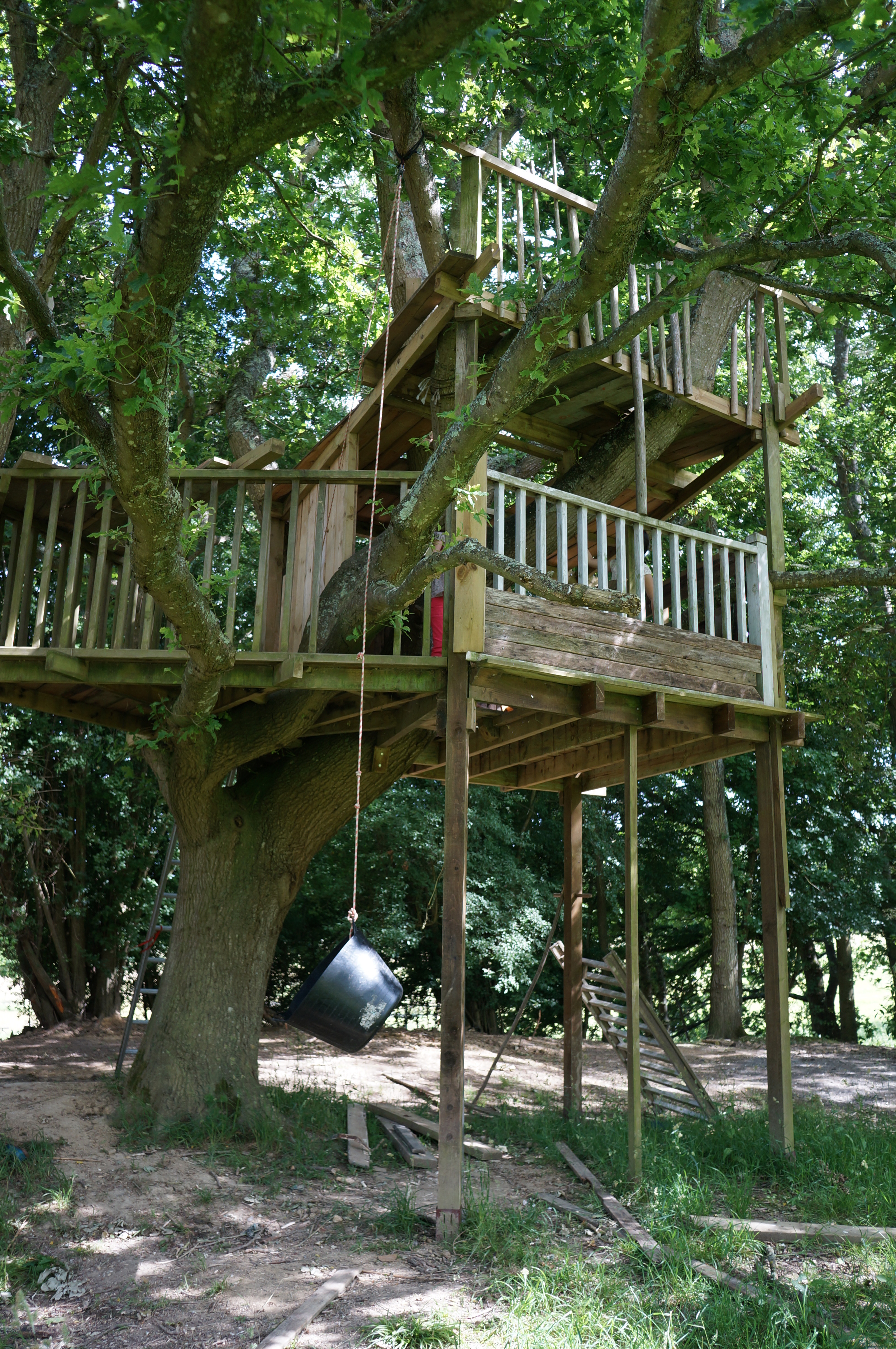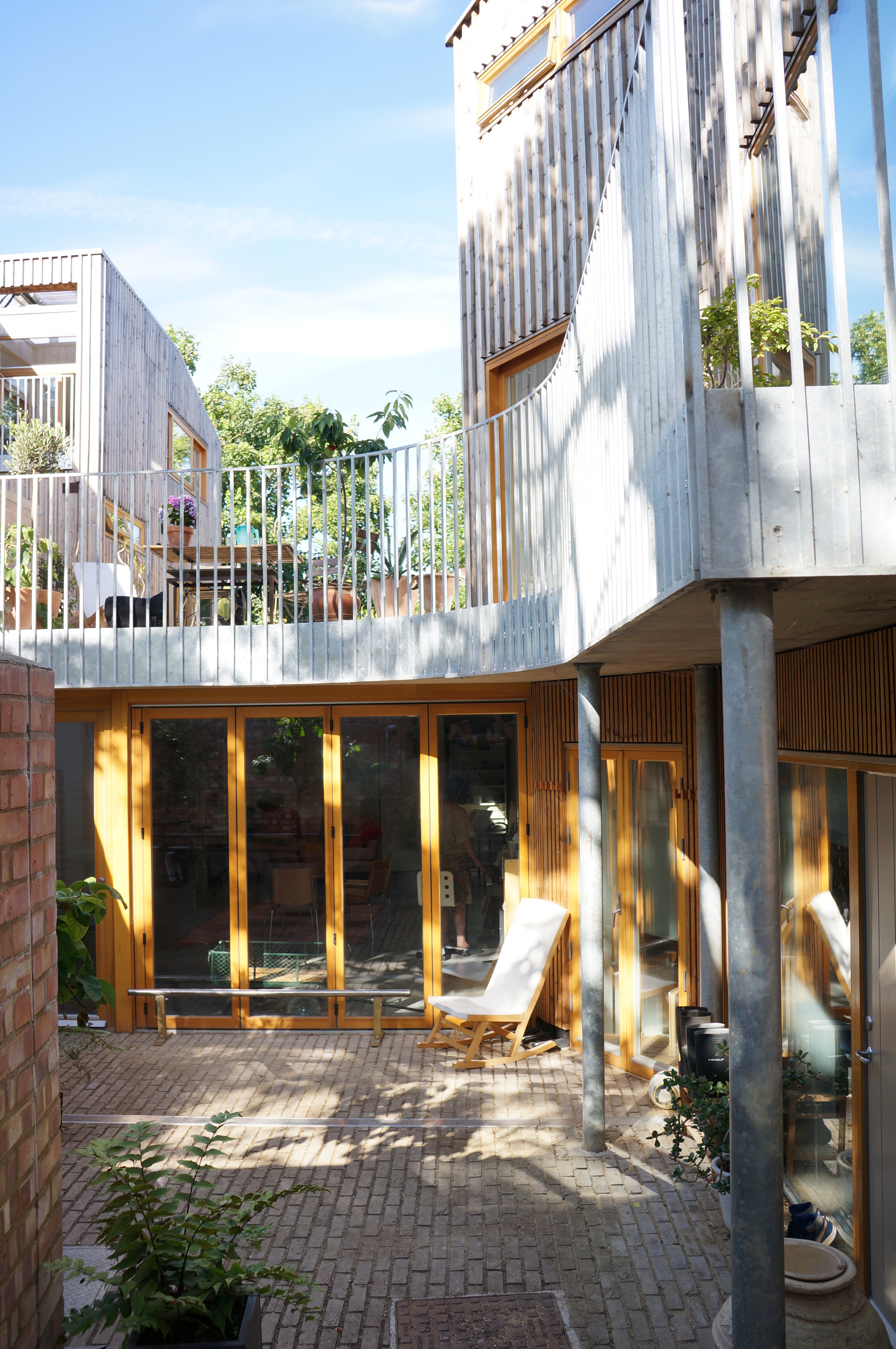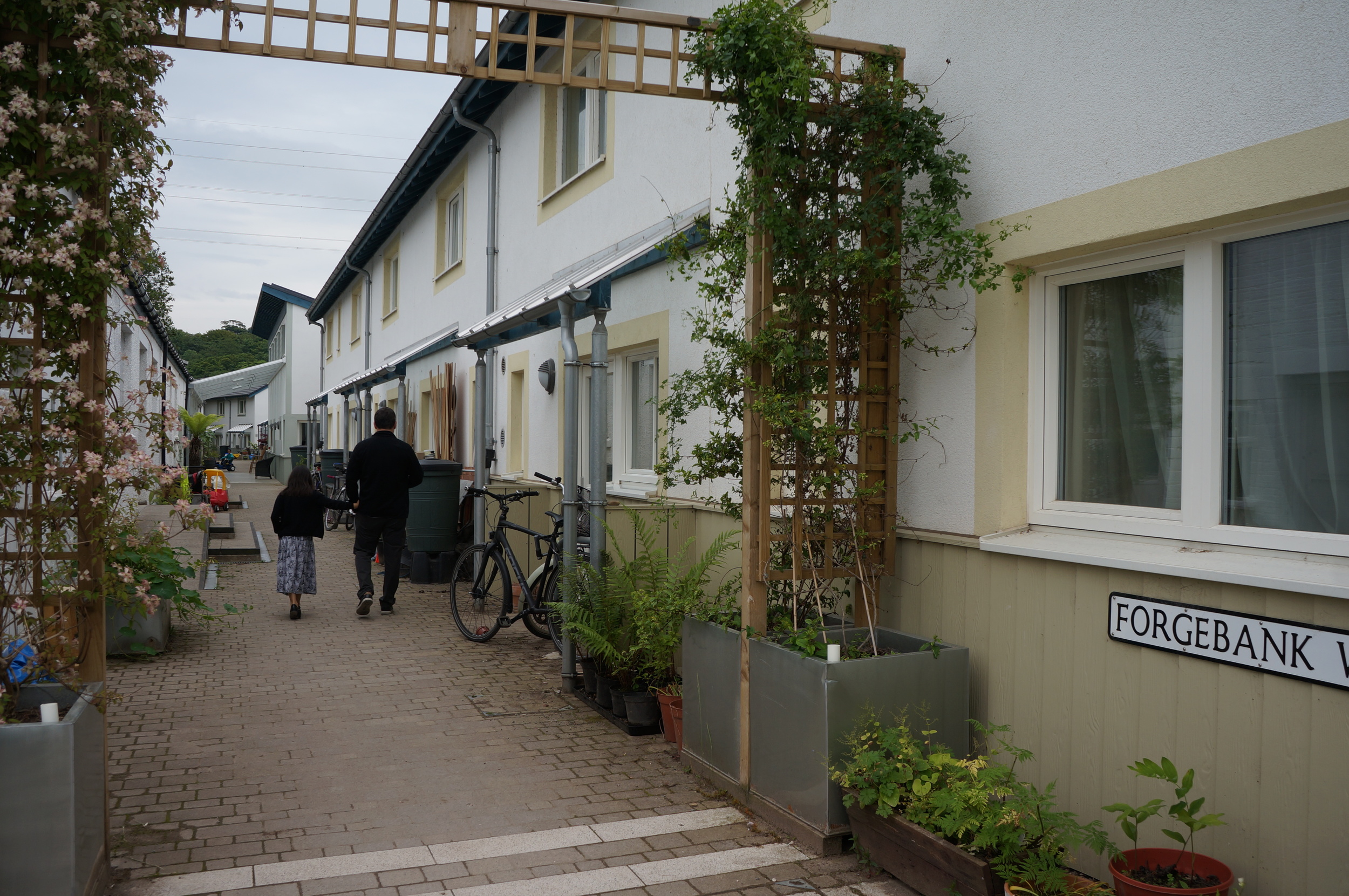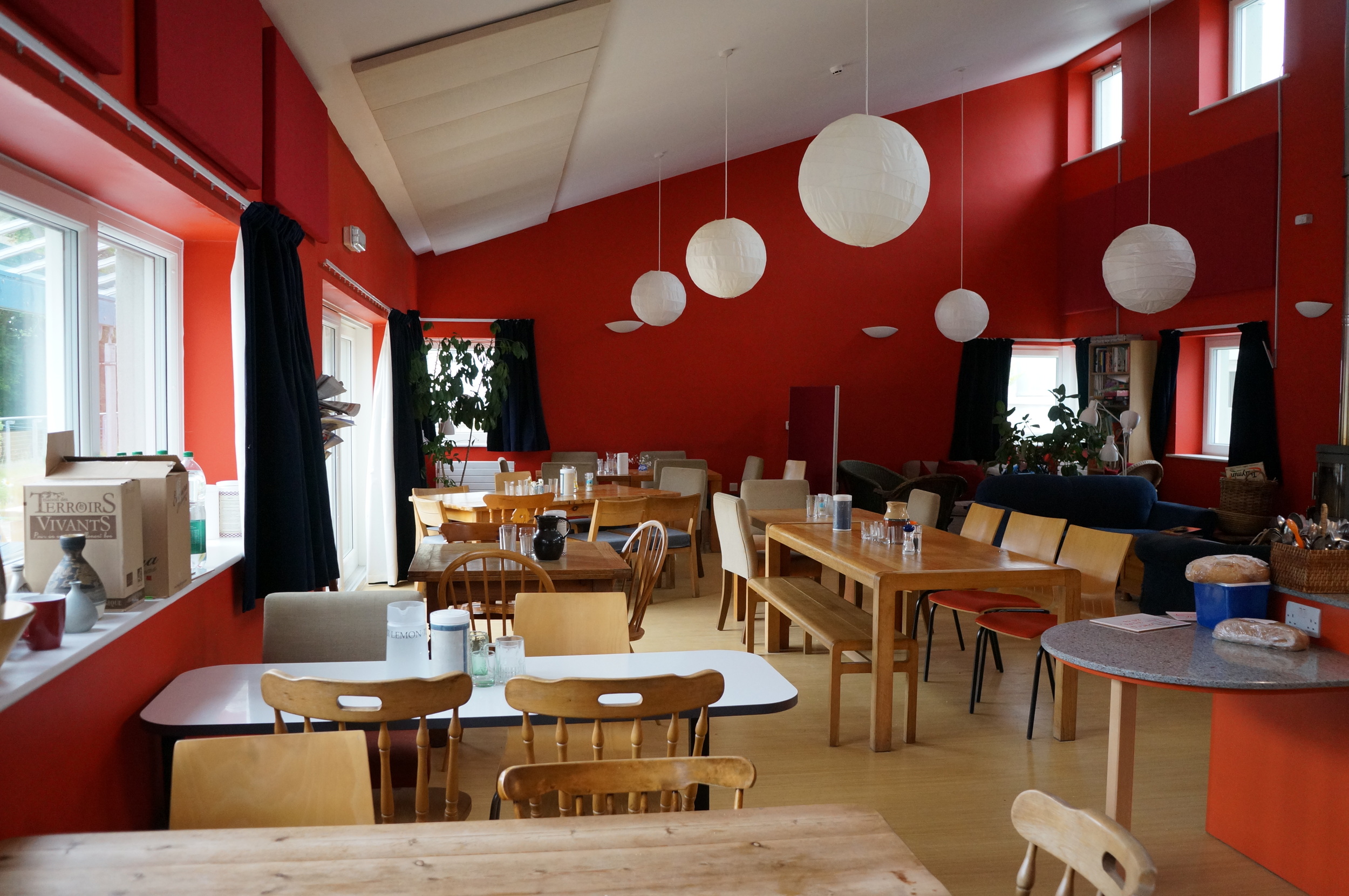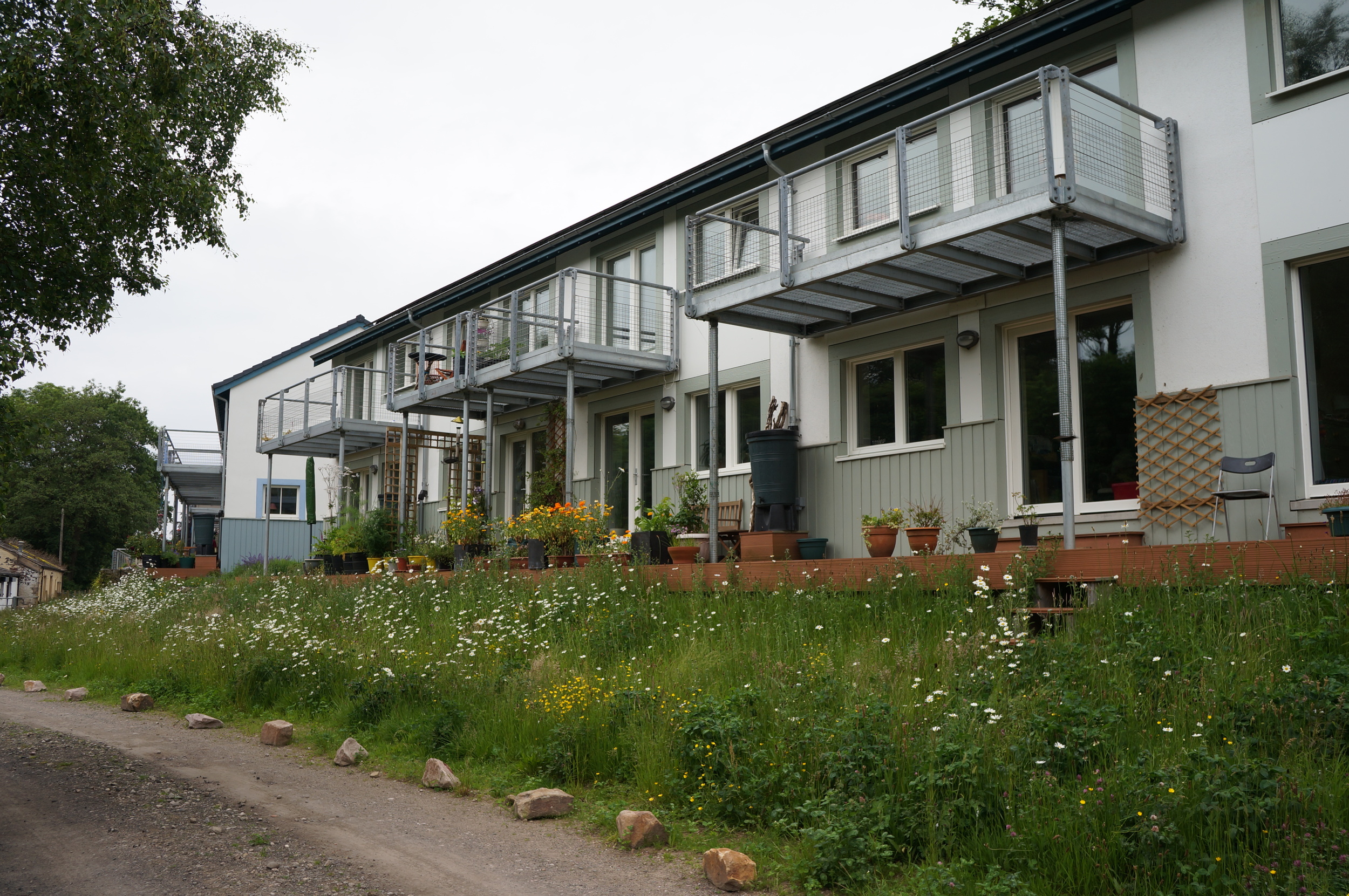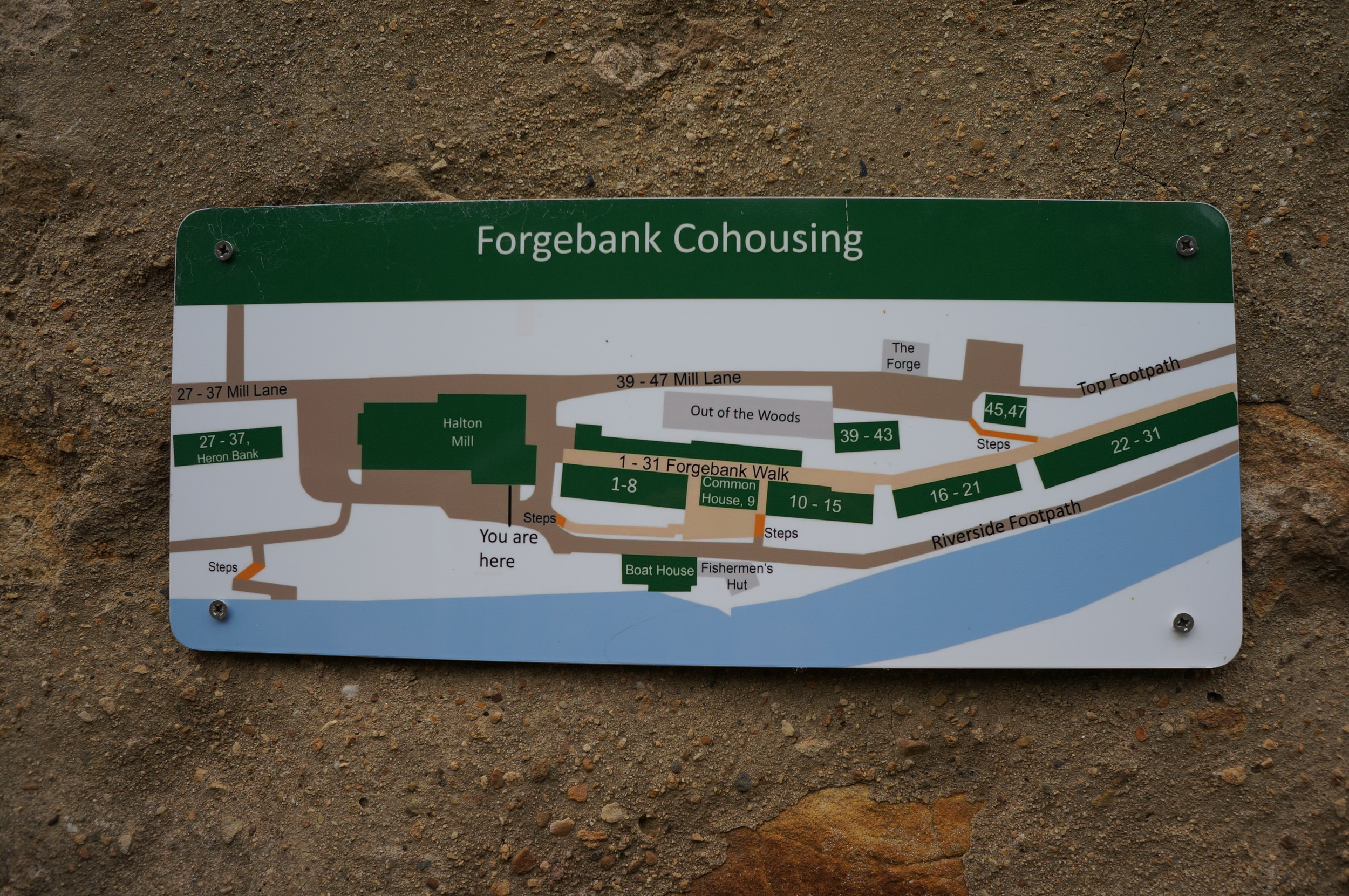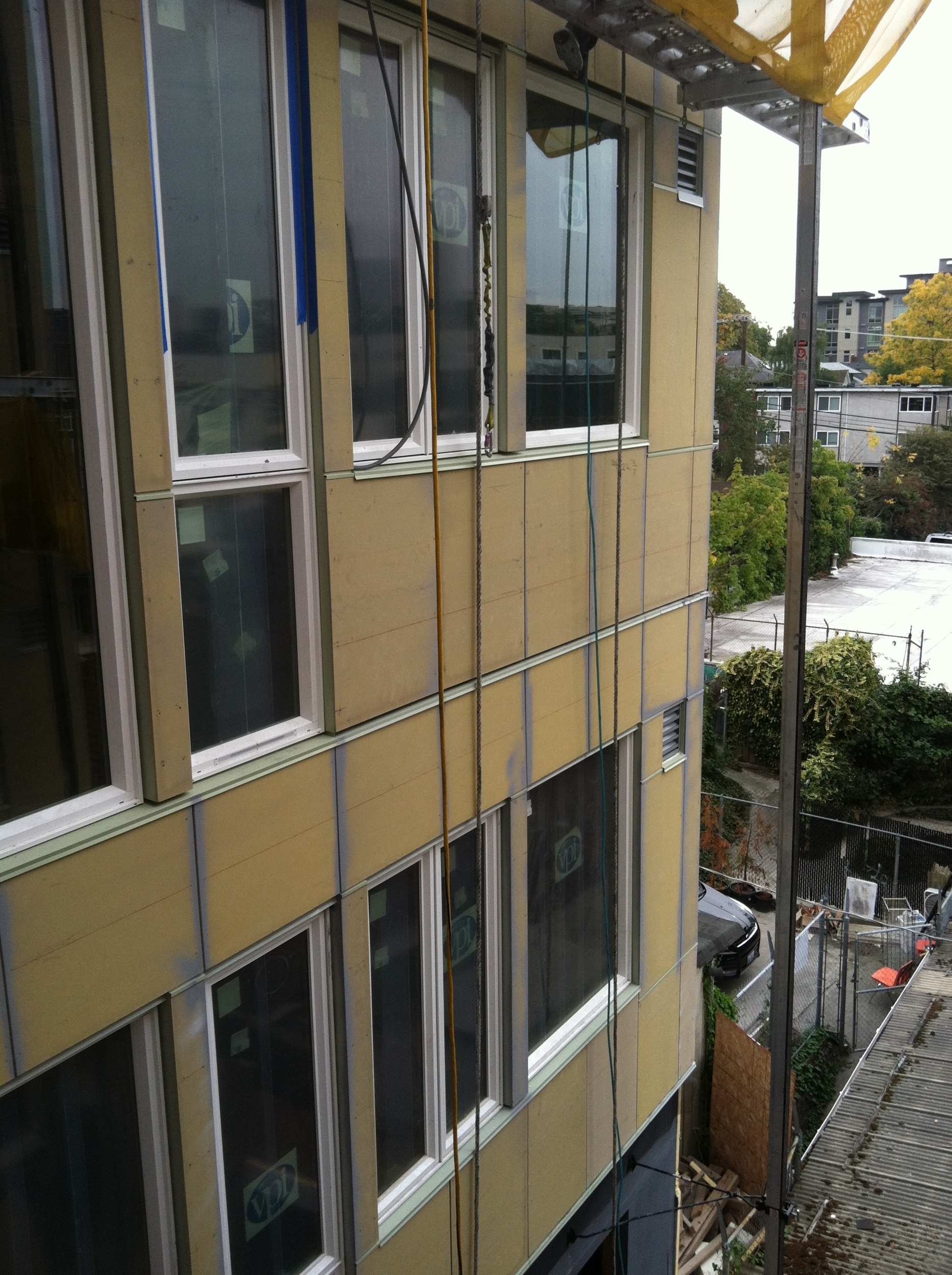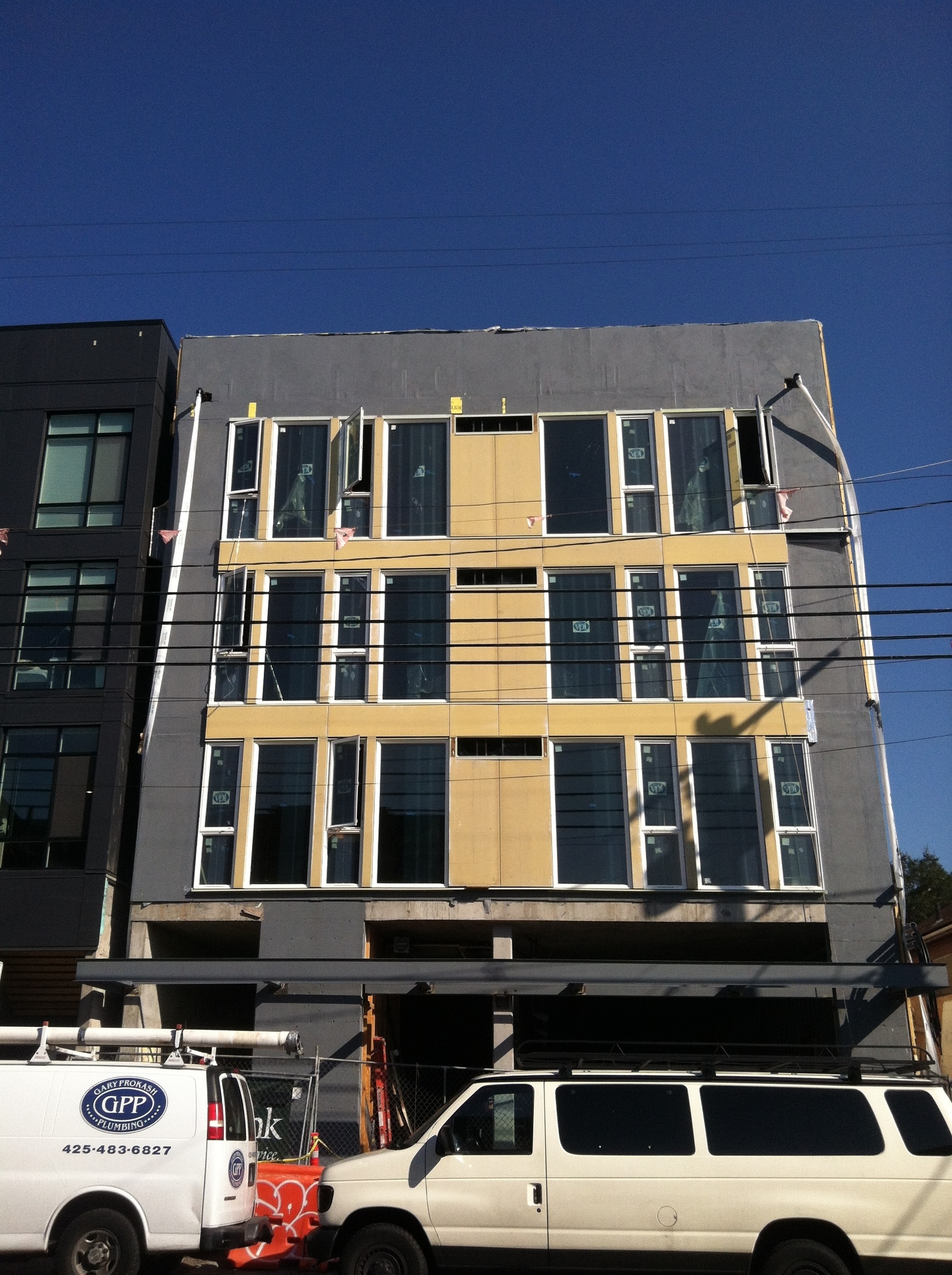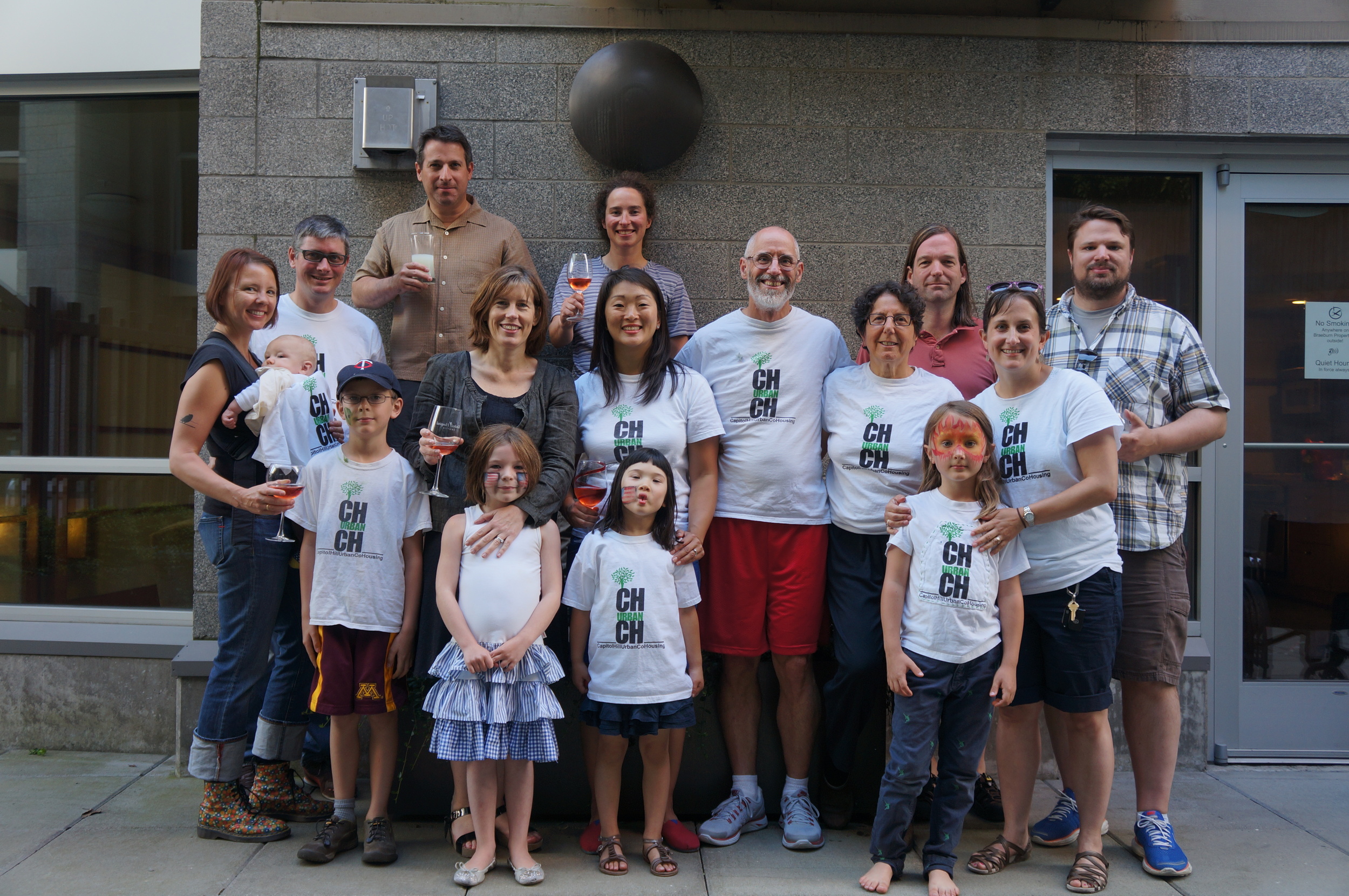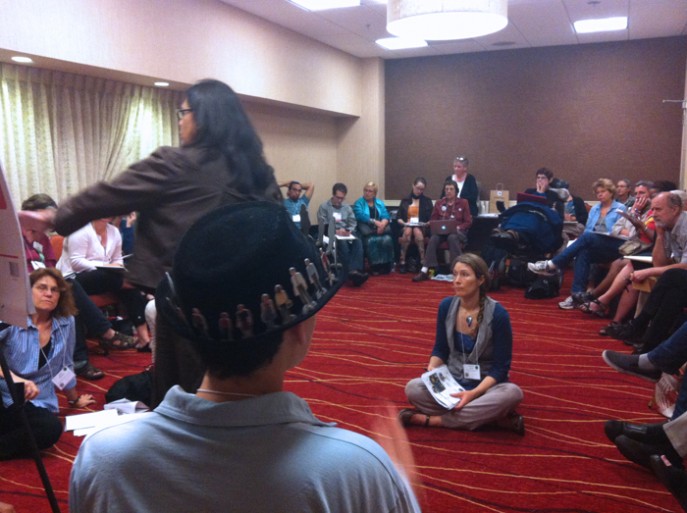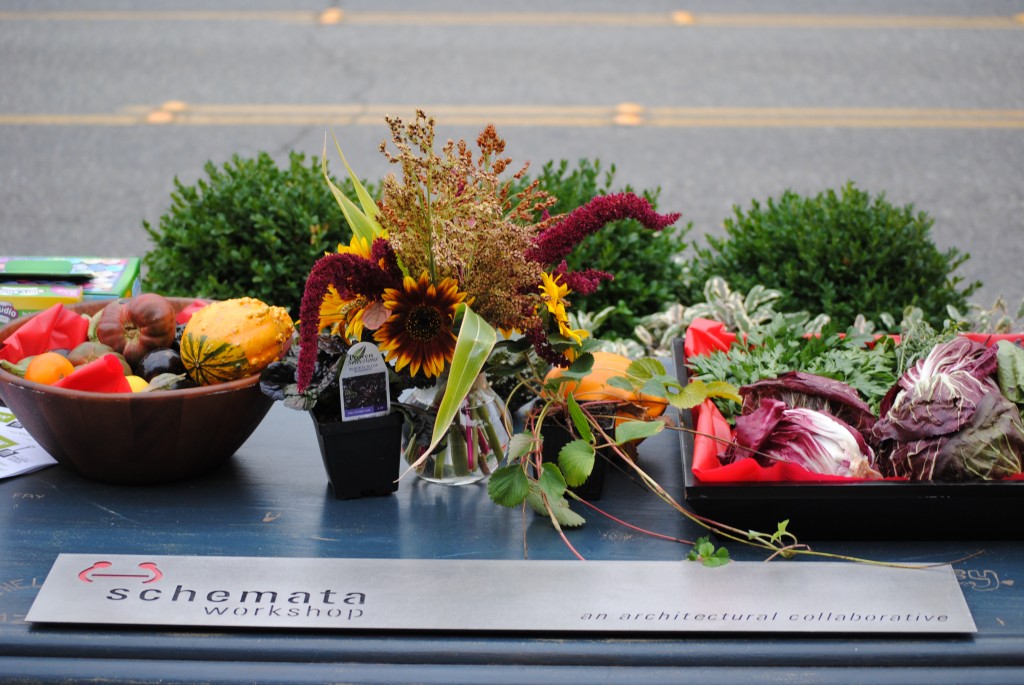
Schemata Workshop has participated in National Park(ing) Day for the past three years. We continue to participate in this national event because it is a fun and creative way to engage our community about public space and the entitlements we currently give cars. For one day we demonstrate what our city could look like if we transformed even a small number of our parking spots into public space. We chose our theme this year because we believe Urban Agriculture has a place in our city and we are in the process of designing a Cohousing Project for our current office location that will include a Rooftop Farm. (http://www.schemataworkshop.com/work/on-the-boards/urban-cohousing/)
Urban Agriculture provides resilience to our food system by diversifying where our food comes from. Local economies will grow and expand when urban farmers begin to succeed in the city. City farms improve our environment with increased biodiversity and often utilize innovative farming techniques that use less water and fertilizers. Urban Agriculture and Farms fosters community by providing space to host farm dinners, inspire community kitchens, and teach young and old about their food.
This year, as in past years, our Park(ing) spot received enthusiastic community support. We had folks stop by who were out on a ‘tour’ of all the parking spots in the city, but we had many others who were just walking by and decided to sit and stay for a conversation about anything from the weather, to the state of the economy. The local preschool came by for milk and cookies and decorated the sidewalk with imaginative art. We also had five chickens (owned by a Schemata staffer), that were a hit, not only with the kids but with adults who wanted to know more about getting their own urban chickens. Overall, it was an exciting day and we all got to know our neighbors a little better while having some inspiring conversations about the future of our city.
Thank you again to Scratch Deli, Ragen & Associates, and Amaranth Farms for partnering to make this a fun and engaging event! Also a shout out to Sugar Bakery for bringing cookies, music, and the party with your mobile Park(ing) Day Party and Portage Bay Grange for leasing us straw bales.
Our awesome Partners, check them out!
www.ragenassociates.com
www.amaranthurbanfarm.com
www.yelp.com/biz/scratch-deli-seattle
www.sugarbakerycafe.com
http://portagebaygrange.vpweb.com/Home.html
_____________________________________________________________________________________________________________________________________
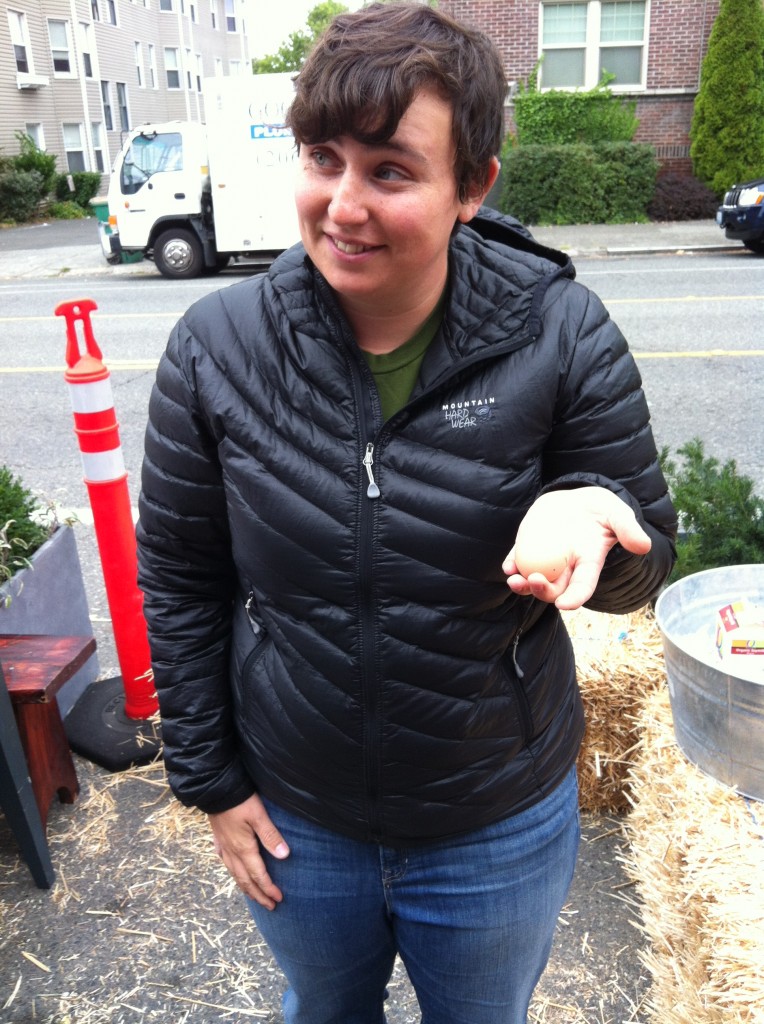
Chicken laid an egg just for Park(ing) Day.
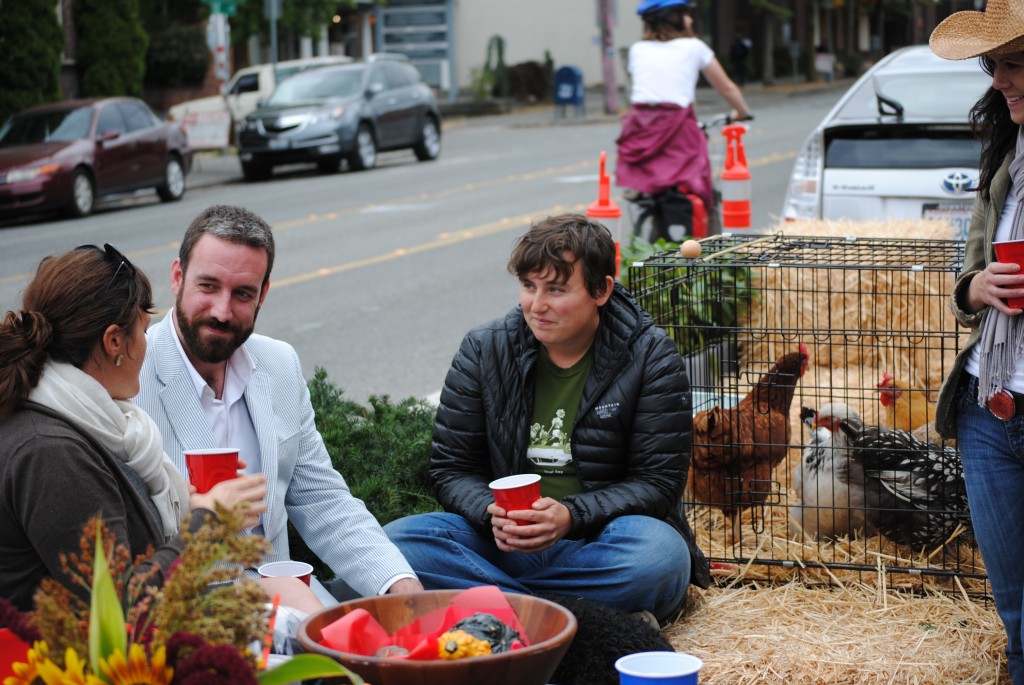
Friends and neighbors stopped by for great conversation.
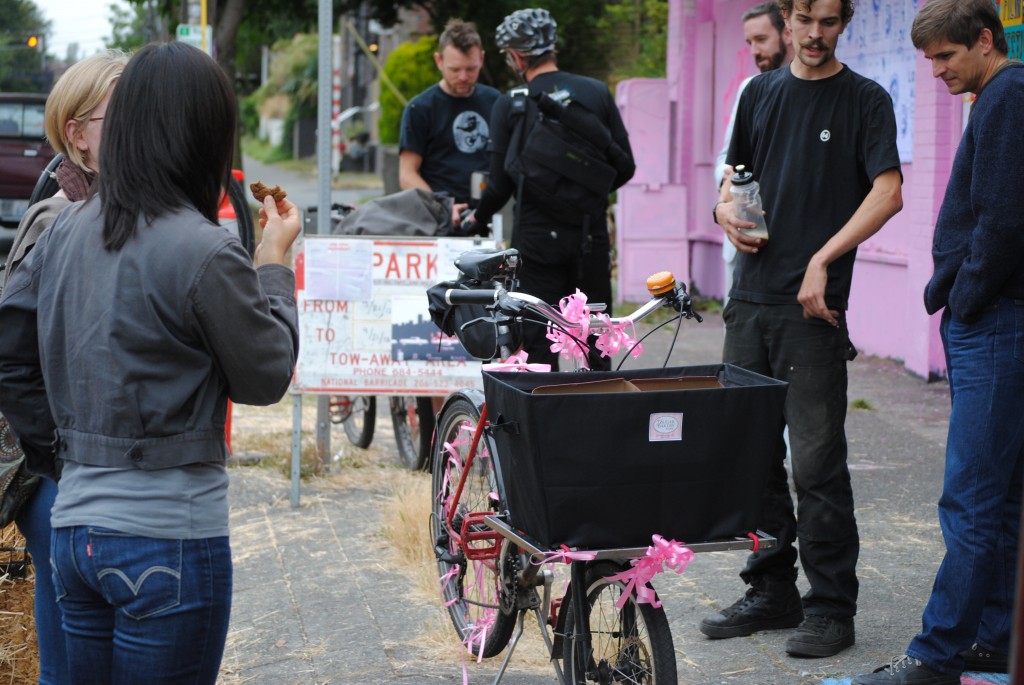
Sugar Bakery stopped by with tricked out bikes that brought music and cookies! Fun.

Local preschoolers hope the chickens will lay another egg.
_________________________________________________________________________________________________________________









